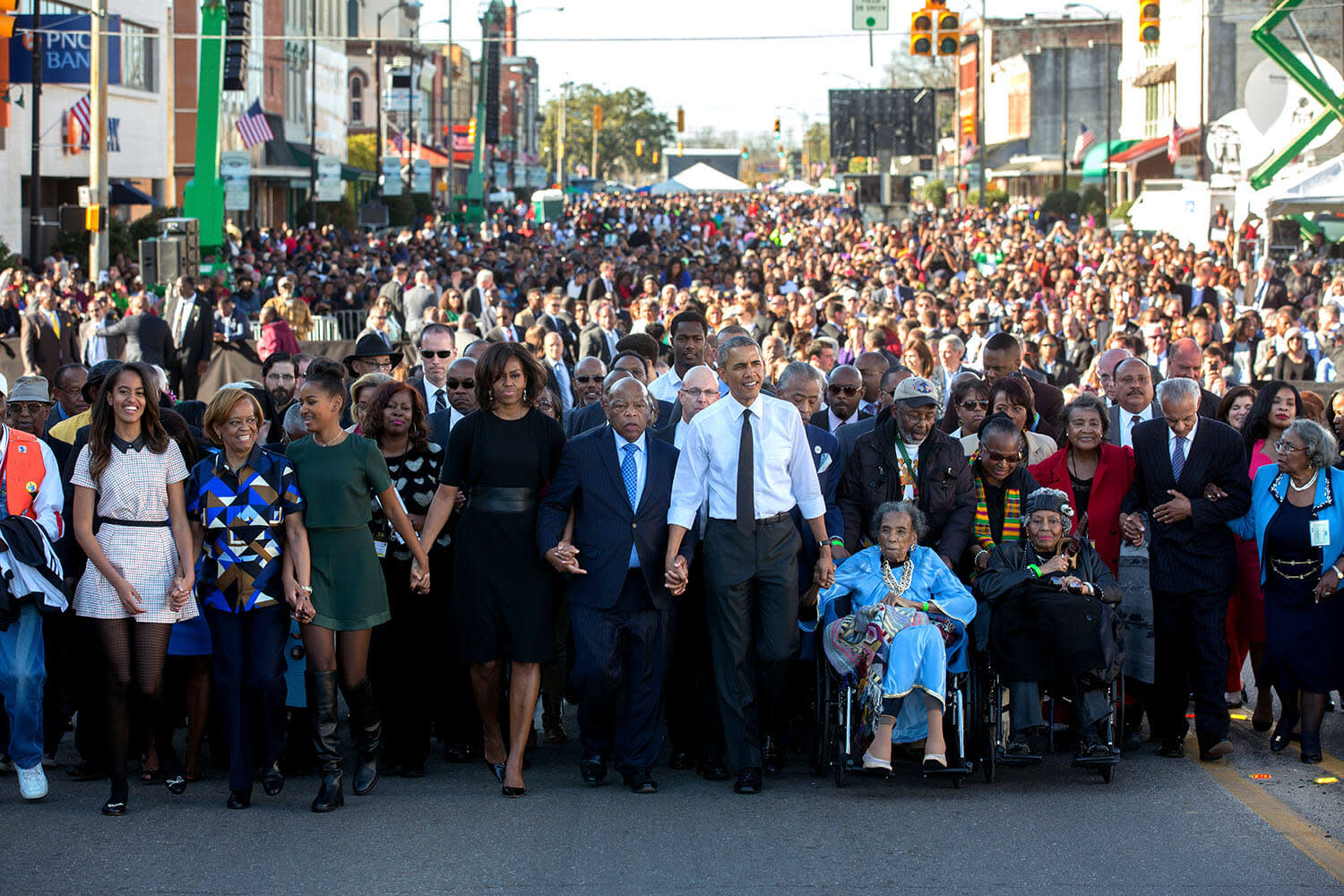Features
Yes He Did - Lawrence Jackson On Photographing The Obamas and History Shaping Moments
By Miles Holder - 6 min read
Policy, initiatives, and personalities frame a president's long-lasting legacy. Yet, it’s the work of photographers that remains etched in the minds of modern-day society. We speak to official White House photographer Lawrence Jackson about his time with President Barack Obama and covering the Biden campaign during one of the US’ most turbulent and critical election seasons.
Political Leaders Will Change, But The Importance of Photography Doesn’t
Whether it’s the ferrotype photographs of President Lincoln, the intimate father-son shots of John F Kennedy and John John, or the now infamous images of George Bush below a fluttering “mission accomplished” banner in 2003, photography and politics has always represented a uniquely powerful relationship.
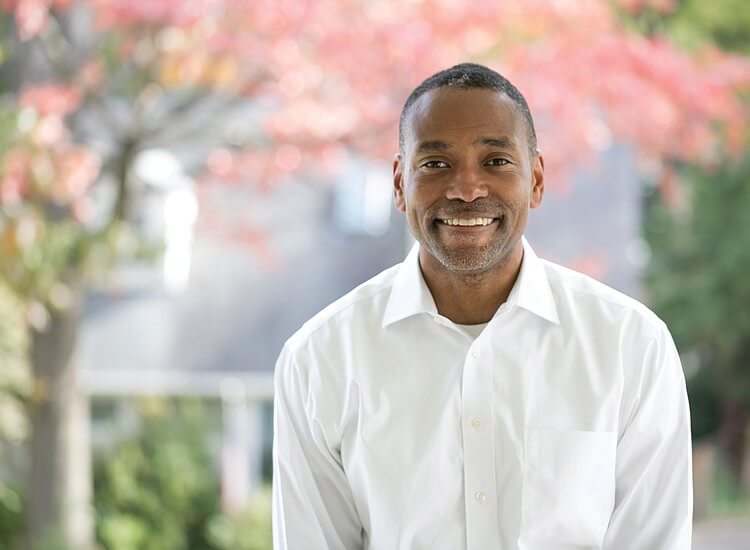
After being sent to Washington DC in 2002 when working for the Associated Press, Lawrence Jackson remains driven by his dedication to capturing the moments shaping global history. His first book ‘Yes We Did,’ is not only a fascinating glimpse into what happened behind the White House doors during Obama’s presidency, but also acts as an important reminder of the fundamental role that photographers play as the real legacy builders of Washington’s political narrative.
Looking for images ready for USA 2020 elections? Source premium Images of North America on EyeEm market now or read our tips for brands selecting images for trending topics.
How did your journey into the world of photography begin?
I immediately started taking photos when my mum bought me my first camera, a Pentax K1000 with a 50mm lens, at 15 years old. There was something so magical about seeing that first print come out in the darkroom, and it was then that I realized it was something I wanted to do for the rest of my life.
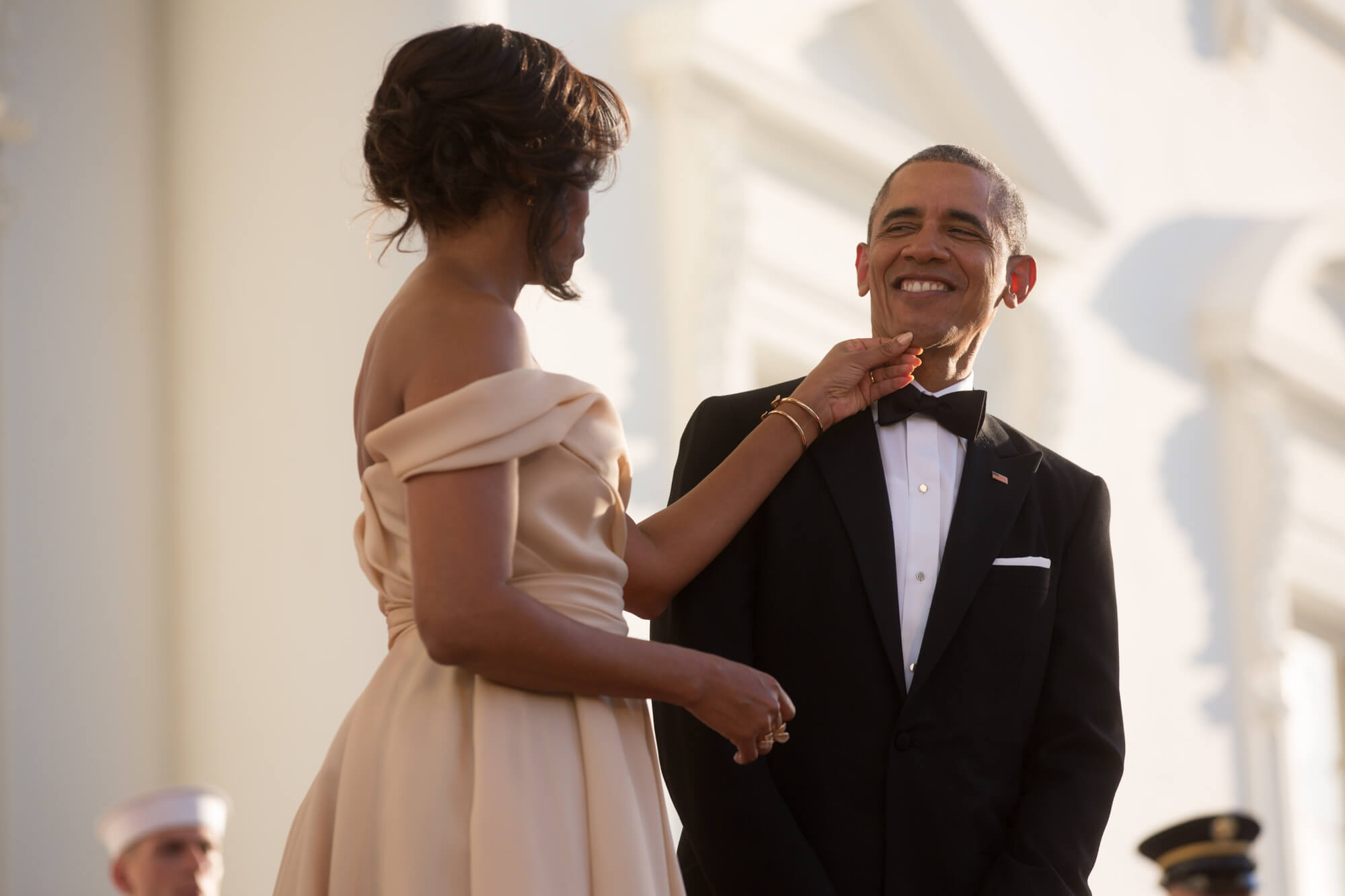
What made you pursue a staff role for the White House?
When President Obama was elected I told myself that I had to try and work for his administration. However, it was a hard decision when Pete Souze, the White House chief photographer, offered me the opportunity because it meant a significant pay cut for my family and me. I am so thankful for my wife who was so giving and understanding. Despite knowing what a struggle it would be for us, she still pushed me to do it.
Can you tell us about your first day in the White House?
I walked into the Eisenhower executive office building and got this incredible sense of awe. I felt like I was stepping into a new chapter of my life.
On my second day, I covered an event, and a secret service agent saw my White House pin, acknowledged that I belonged there, and allowed me to become invisible. It’s such a sense of freedom to be able to walk around and do anything you want as a photographer and not be held back or ushered around.
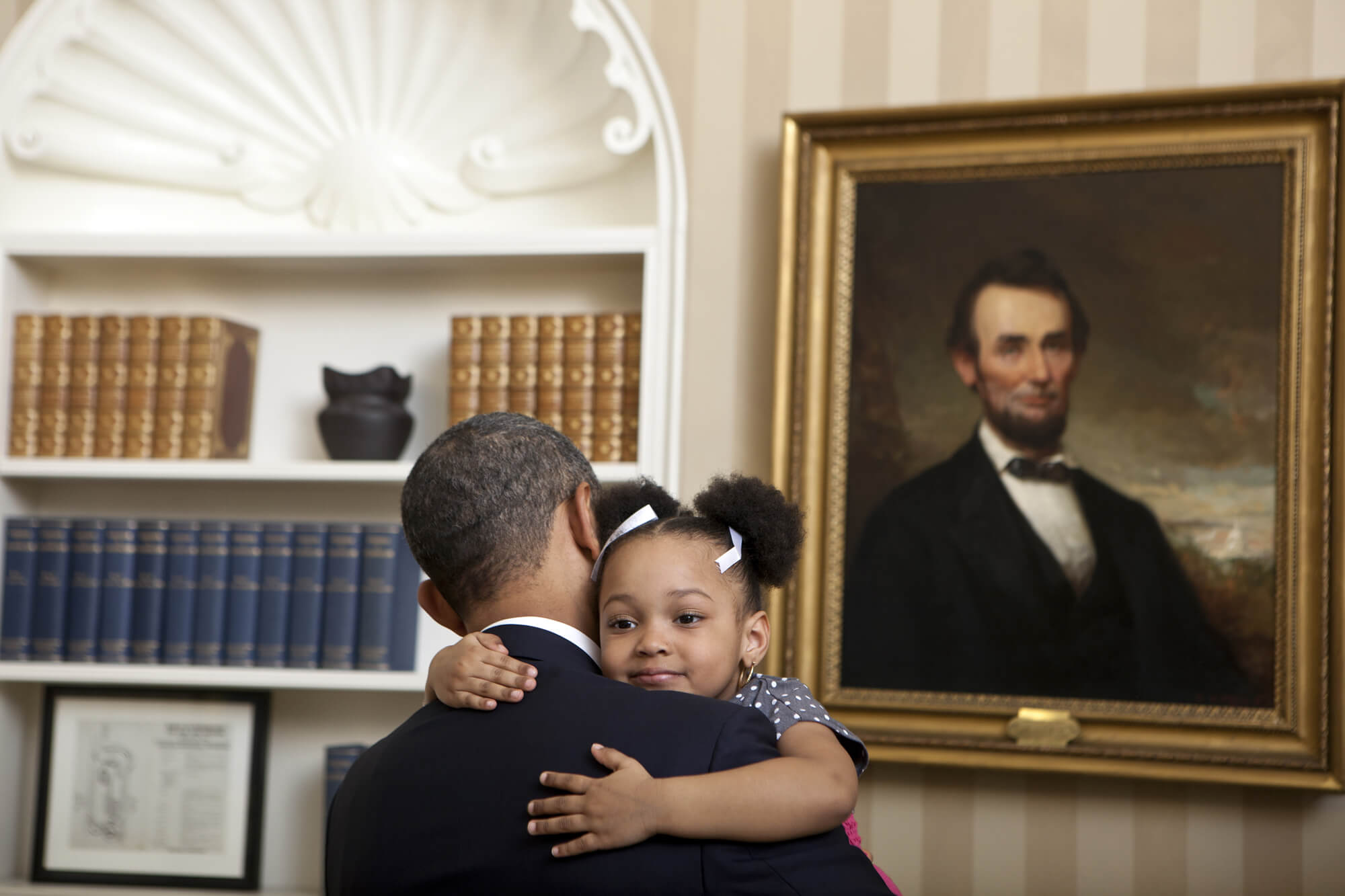
You were the only African American photographer on White House photography team photographing the first African American President. Did it feel like you were capturing something historically unique?
The Obamas are absolutely wonderful people. They understood the importance of having a photographer for history sake and the family’s sake. I was covering the President at a function not more than four or five feet from him, yet he was so comfortably oblivious and it made it so much easier for us to do our jobs.
In the first couple of pages of my book, there’s a quote by Gordon Parks that says “the subject is so much more important than the photographer.” I genuinely believe in this statement, because as much I’m a part of the situation, it’s not about me. My work is about documenting what’s happening in its truest form not hunting for attention.
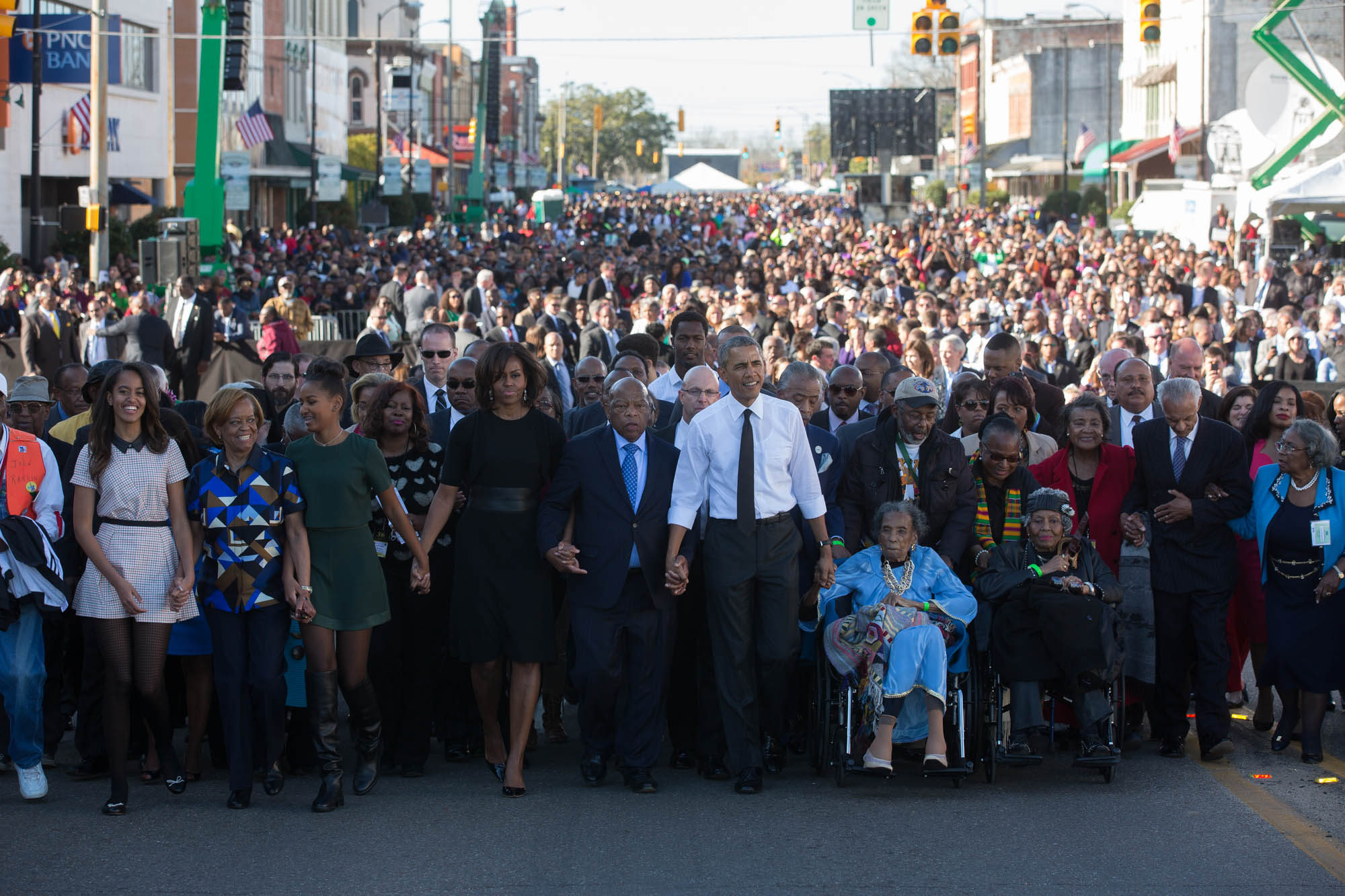
Which of your images do you consider your most iconic?
That would have to be the 50th anniversary of the march in Selma. In this photo you see President Obama, the first lady, and representative John Lewis standing side by side with the original foot soldiers who are now in wheelchairs. The original foot soldiers were beaten and hit with water cannons in their fight for voting rights and now alongside the first African American President and first lady who are a direct result of their efforts. You also have Sasha and Malia Obama, standing next to Mrs Robinson, representing the next generation of young people who are going to lead this country.
What was your most memorable shooting experience?
Michelle Obama was talking to veterans and their families about the severe PTSD that comes with being a soldier. It was a very real moment where people were crying, and the first lady was comforting them. It’s not even about the photographs; it was witnessing the connection. These people would bear their soul, and the first lady was there to listen and see what she can do to help. Being a fly on the wall for these events was a high honour because it moved me.
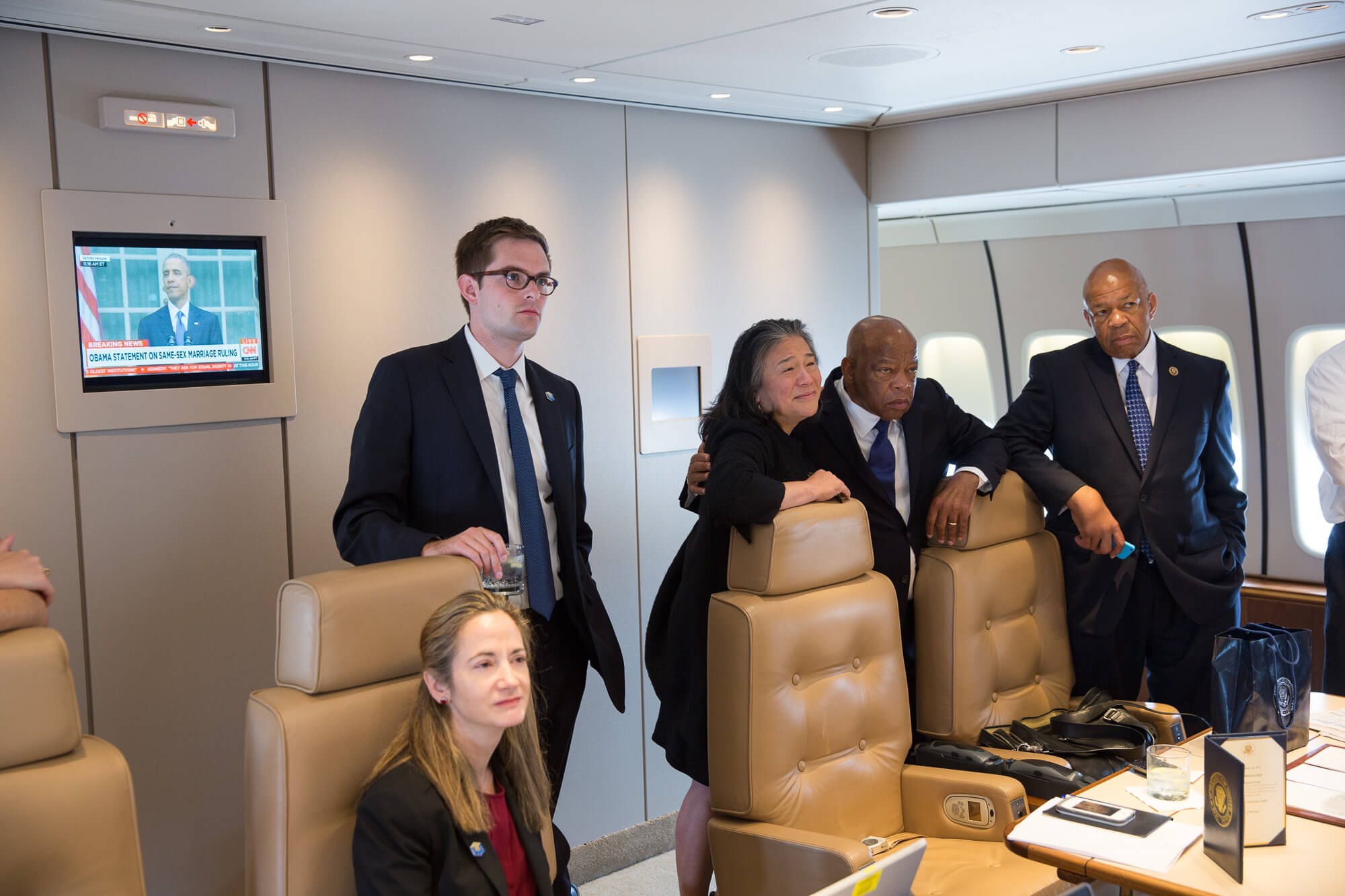
Do you feel that you emotionally engage with your subject even from behind the lens?
I can remember we were celebrating the supreme court ruling for marriage equality. Everybody was so happy that it was infectious. I didn’t realize the scale of the event and how many people were affected by it. People were moved to tears by this significant announcement, and in the hallways, people were crying. It was really nice to be a part of and witness people’s reactions.

During your years in the White House, was it always the plan to create your book ‘Yes We Did’?
I always knew my time at The White House would be a chapter of a more comprehensive book on my career, but I didn’t expect it to be its own thing.
It was my wife’s suggestion to create a book. I was undecided because I wasn’t the chief photographer and didn’t photograph all of the critical meetings. My wife pointed out that as the only African American on staff, I had a unique voice I needed to share. With that in mind, I put some photographs together and found a publisher who wanted to work on it with us.
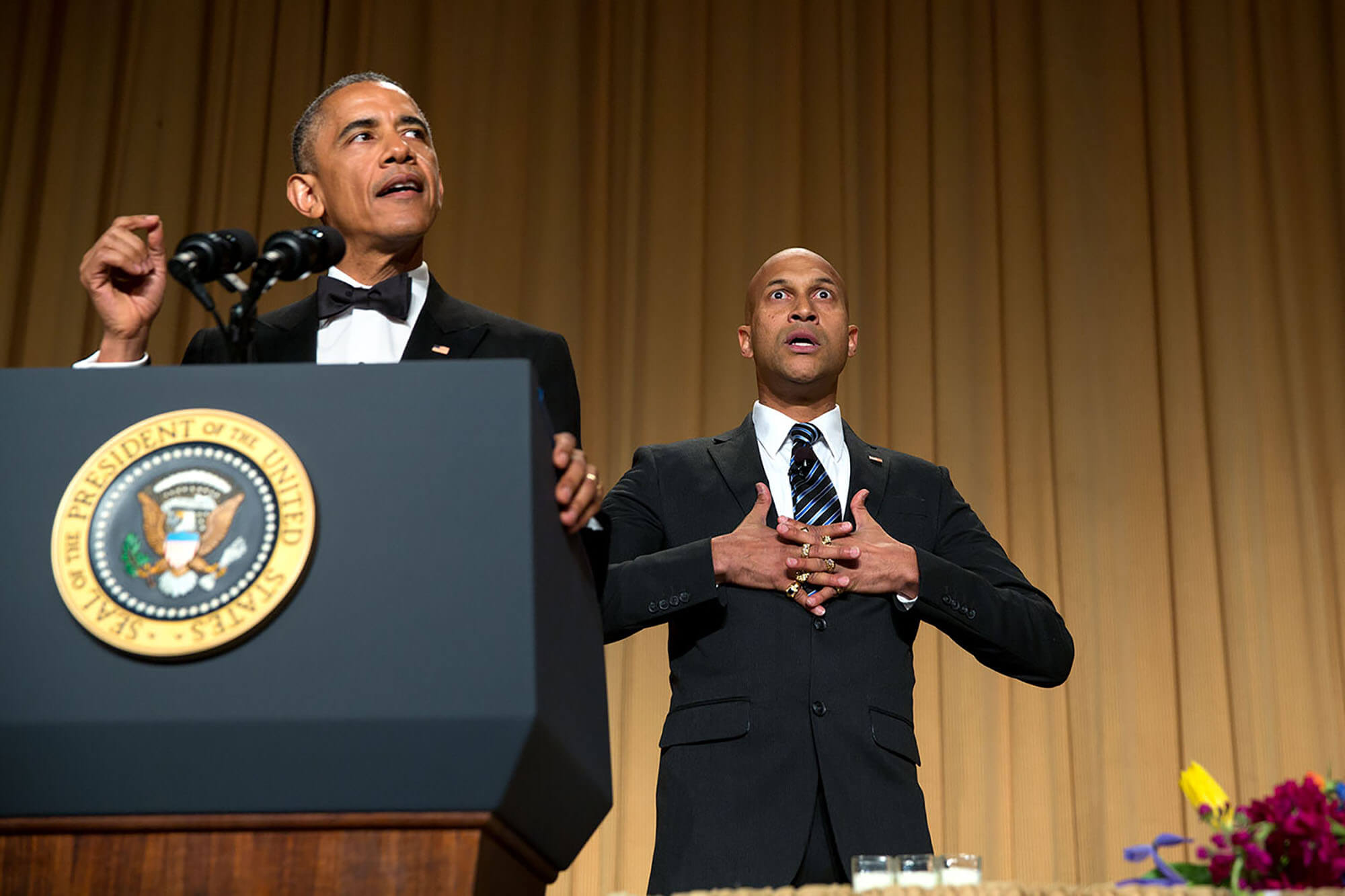
There are a few photo books based on President Obama, what would you say sets yours apart?
As I wanted my book to be different and share not only my experience and personal observations, but also the stories of people that met the Obamas. I tell my story about my journey getting to the White House, but I also have contributions from people that met the Obamas. People like Steph Carey, Keegan-Michael Key, Cecilia Muñoz and many other people that broaden the perspective like Bono (yes…the Bono.)

You photographed the first African American presidency, and you’re now working on the Biden/Harris ticket. Does it feel like you’re once again capturing a moment in history?
I’m very lucky to be helping the Biden campaign with Senator Harris. When it came to covering the first Jamaican-Americaln Indian-American female vice president nominee, it was a no-brainer. She’s got her own style, agenda personality, and is becoming a part of history. For any photojournalist, capturing giving a political campaign justice means having to be there and shooting the critical moments shaping global history.
What else have you been working on?
Besides the Biden campaign, I have also done some work for Elizabeth Warren, Pete Buttigieg, and other commercial freelance work. I also haven’t stopped working for the Obamas, I continue to photograph for their foundation.
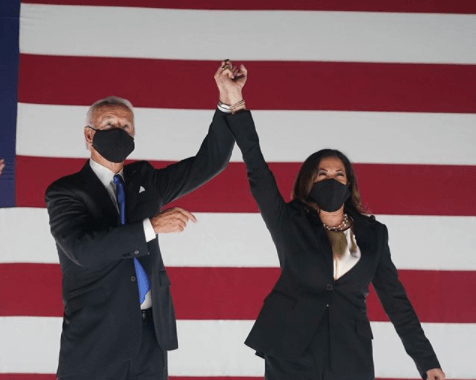
Would you work for the White House photography staff again?
For the right person, yes. When you are on a plane halfway around the world, missing your family and being sleep-deprived, it helps to believe in the person that you’re working for. There was never a day in which I didn’t stand for the mission of President Obama or First Lady Michelle Obama. They were sacrificing so much of their life and their time that the least I could do was buckle-up and get my job done.
Get your hands on ‘Yes We Did’ to see more from Lawrence’s eight years capturing Obama’s White House journey.
Get your marketing ready for the USA 2020 election by exploring EyeEm Market to find premium commercial photos or speak to our team to find out how we can connect you with US-based photographers for more customized imaging needs.
